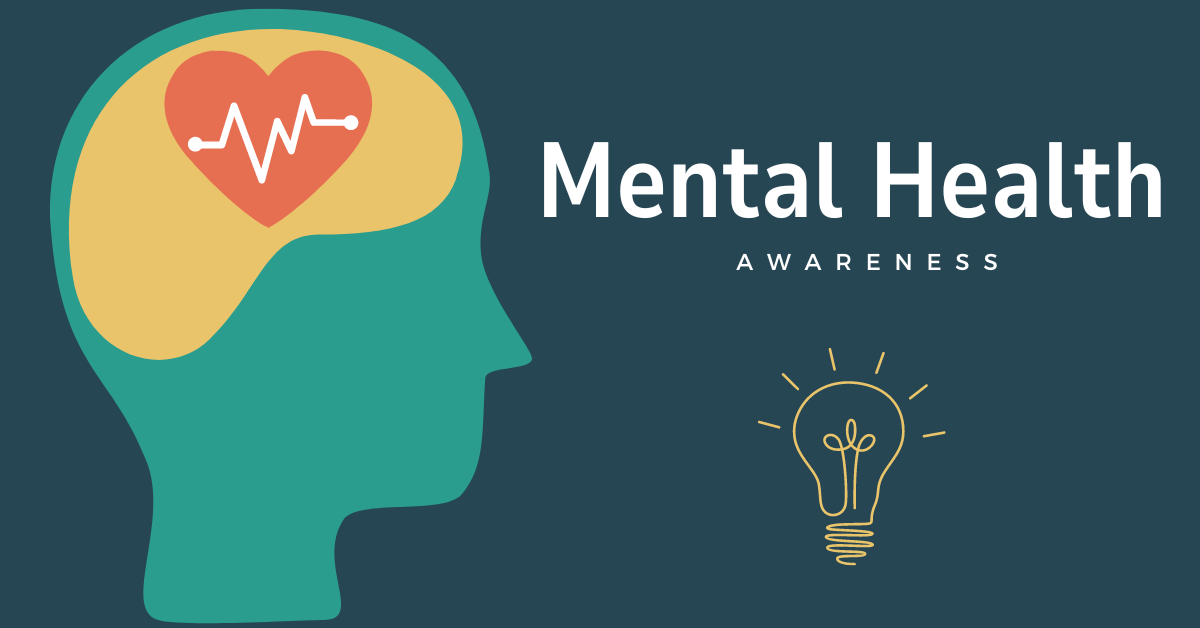Jefferson County Public Schools released Equity Scorecards this year as an effort by the newly-created Equity Scorecard Team. The Diversity, Equity & Poverty department at JCPS collaborated with the Data Management, Planning & Program Evaluation department to create the scorecards.
The four areas investigated in-depth were discipline, literacy, college/career readiness, and school climate and culture among different levels of student poverty and race. Twenty-three schools in JCPS are low poverty schools, 24 are medium to high poverty, 33 schools are high poverty, and 53 are extreme poverty.
Of these schools, the ones in extreme poverty suffer from low literacy levels, a higher number of suspensions, and the lowest amount of students who are college/career ready. The student, teacher, and parent satisfaction among the different leveled schools is not as drastic.

In all cases, at least half of the student, teacher, and parent bodies were satisfied in their schools. The highest satisfaction rate at any school was 100% for students, 100% for teachers, and 93% for parents.
While the medium-high, high, and extreme poverty schools suffer in comparison to the low poverty schools in the other areas investigated by the Equity Scorecard Team, the satisfaction remained seemingly unaffected by poverty levels.
Central High School, where 83.1% of the students qualify for free/reduced lunch, had the second highest satisfaction rate of any high school in Jefferson County (the highest rate being at duPont Manual). Western, which also has an above-average satisfaction rate, has 80.5% of the students on free/reduced lunch. The schools included in the graph below are high-poverty schools with at least average satisfaction rates, which does not follow the typical trend of these schools lagging behind in all other categories.

Shayla Perkins, a junior at Fairdale High School, agrees with the overall satisfaction of her school.
“I really do think that Fairdale is meeting up to my standards,” Perkins said. “I feel really prepared [for college] considering they pay to give us more chances for our ACT Plan testing.”
But there is one thing she thinks should be changed. “As a whole I am satisfied, but one thing I wish is getting a little bit more strict on searching for colleges into our Junior year,” Perkins said. This goes back to the fact that many of these schools have students with low college and career readiness, but is sometimes not an indicator of a student’s opinion of their school.
College and career readiness seems to be the biggest concern for students with their schools, and the biggest area in which they would like to see more initiative from JCPS. “I don’t feel prepared for college at all,” Dayton McCormick, a student at Valley High School said. “None of my teachers or counselors have encouraged me to look into colleges.”
Overall, the scorecards show that a high student satisfaction is not directly correlated to low poverty levels. In accordance with the aforementioned data, students in high poverty schools, as determined by free and reduced lunch percentages of the student body, still maintain high satisfaction.





